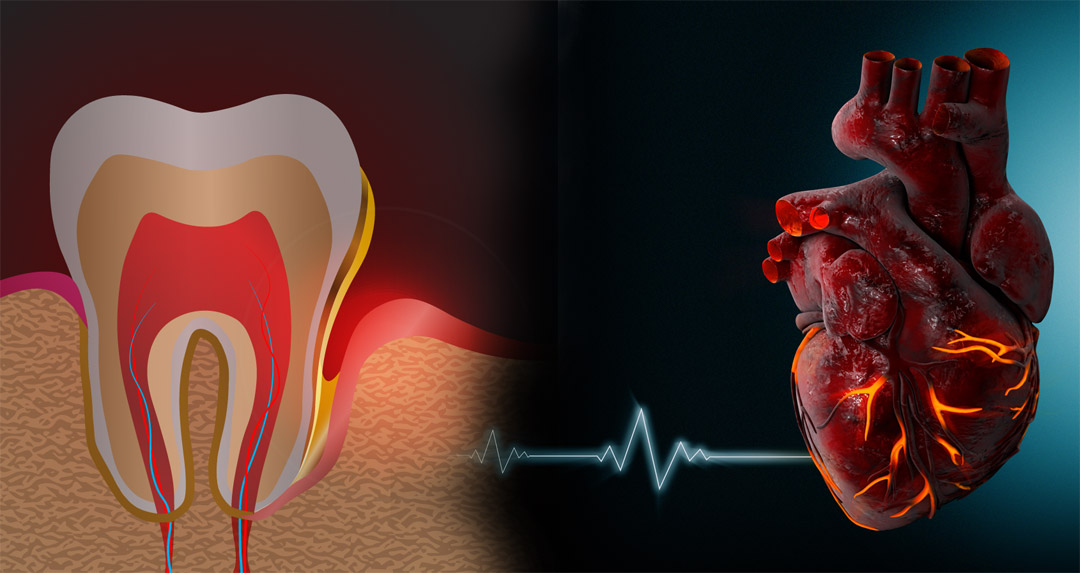5 Key Trends in New Ultrasound Technology
5 Key Trends in New Ultrasound Technology
One of the key drivers of the rapid adoption of ultrasound in hospitals and other care settings is a growing body of evidence supporting the effectiveness of point-of-care imaging. This method of diagnostic imaging is now widely available and has become the standard of care for many disease states. Additionally, this low-cost imaging option is more effective than other imaging methods and is also safer than traditional procedures. As a result, ultrasound is gaining popularity as a fundamental tool for improving the quality of patient care and reducing health care costs.
As an industry leader, it is important to understand the different facets of ultrasound. These nuances can help improve the accuracy of results and improve the quality of care. For instance, souquet says that new ultrasound systems will be more affordable and automated. Another development is miniaturization of electronics, which is expected to reduce the cost of high-end systems. But a more fundamental shift in the healthcare environment will see the continued adoption of ultrasound imaging for diagnostic purposes.
With the continued development of ultrasound image systems, its cost has declined significantly. However, there are still significant barriers that prevent this technology from being widely available and used by more health care practitioners. These barriers may include lack of power, level of skill, and perceived risk of using ultrasound in patients. As a result, it is essential that healthcare providers consider these issues when choosing the best device to meet their needs. The evolution of the technology will continue to impact the field and the lives of patients.
Increasing the sensitivity of ultrasound transducer arrays will allow doctors to obtain higher spatial resolution. Shear wave elastography, which has previously only been available in hepatology, will expand to breast fibrosis and other conditions. The addition of a musculoskeletal ultrasound is another exciting new application for ultrasound. In fact, these devices are more effective in diagnosing breast cancer than ever before.
The handheld ultrasound system is a major innovation. This technology has changed the way doctors evaluate patients. Today, it can be easily plugged into a mobile device, which makes it a great convenience for both patients and medical professionals. These technologies have also led to improvements in the quality of patient care. Some of the latest developments in ultrasound have made it easier to use and more efficient. So, if you’re interested in using these devices in the future, be sure to keep an eye out for these five key trends in new ultrasound technology.
Besides the use of ultrasound in clinics, it is also becoming the preferred imaging method for some patients. Several studies have shown that ultrasound is an excellent tool for diagnosing heart diseases in emergency situations. In addition, this technology does not require much space and can be used anywhere. In short, it is the best way to image a patient, regardless of their age or medical condition. Acute care centers are increasingly adopting this technology and using it to make their patients better.
The use of portable ultrasound in hospitals is one of the key trends in the field. It has increased dramatically, and the advent of mobile-app-based ultrasounds has also helped the profession’s mobility. As a result of these advancements, ultrasound continues to develop and reach a more diverse audience. With the advent of new devices and technology, it has become more accessible and easy to perform routine examinations.
The use of AI in healthcare applications is expected to transform the industry. The use of AI in ultrasound has been shown to reduce noise and improve imaging quality. The introduction of smartphones and other tablets with touchscreen capabilities is another trend. A new generation of artificial intelligence will improve efficiency and productivity in the medical imaging industry. It will also improve the quality of image data, which is crucial in the current health care environment. In particular, AI will help physicians analyze and interpret images of patients.
The increasing number of chronic conditions is a key driver of the market. The prevalence of chronic conditions is increasing in the U.S., and according to the National Health Council, more than half of the population will suffer from a chronic disease by 2020. This means that there will be a demand for more advanced ultrasound systems. For example, the Affiniti ultrasound system provides anatomical intelligence in its breast imaging.

